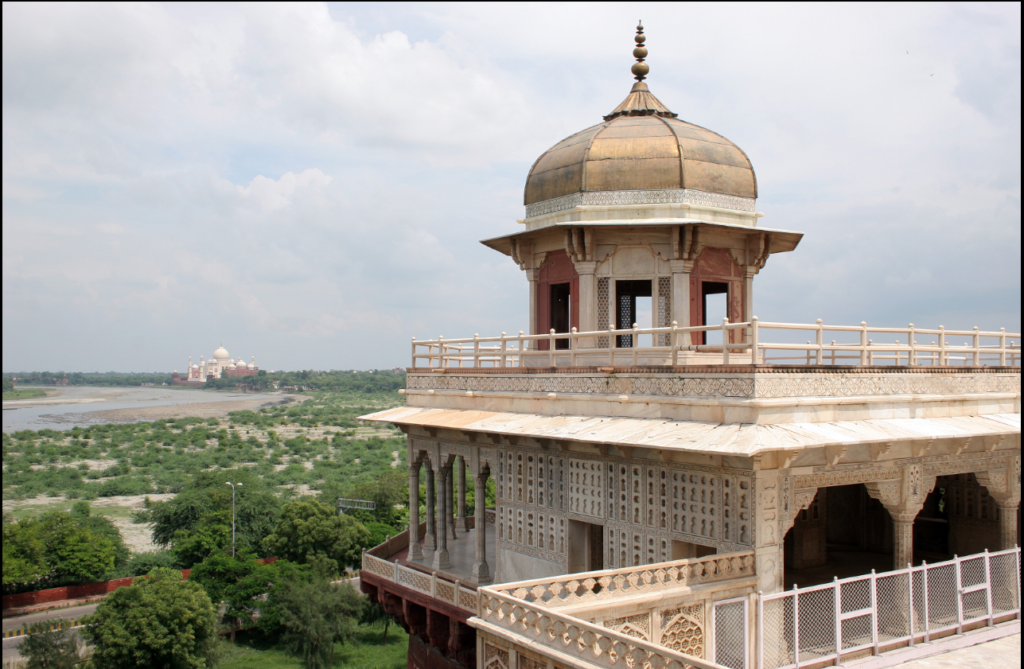Shah Jahan had grown older, and his health was declining. This created a power vacuum among his four sons: Dara Shikoh, Aurangzeb, Shah Shuja, and Murad Baksh. Shah Jahan favored his eldest son, Dara Shikoh, a liberal and philosophical prince, as his successor. Dara was beside him in his capital at Agra.
When his sons heard news of his poor health, they began to march from different areas of the country: Shah Shuja from Bengal, Murad from Gujarat, and Aurangzeb from the Deccan. Shah Shuja, advanced with a powerful army, supported by warboats along the Ganges. However, Dara Shikoh’s forces defeated him at the Battle of Bahadurpur near Banaras. Shuja retreated to Rajmahal, regrouped, and signed a treaty with Dara, controlling Bengal, Orissa, and parts of Bihar. Meanwhile, Murad Baksh, governor of Gujarat, allied with Aurangzeb. Together, they decisively defeated Dara’s army in two crucial battles, Dharmat and Samugarh, with Murad’s fierce cavalry charge sealing victory at Samugarh.
Aurangzeb’s cunning soon extended to his ally. On July 7, 1658, Murad, intoxicated in a tent with Aurangzeb, was imprisoned and later executed after a trial.
Dara Shikoh met a similar fate, charged with heresy and executed. Shuja made another attempt to seize the throne but was crushed by Aurangzeb at the Battle of Khajwa in 1659 from where he fled to Arakan (modern-day Myanmar) where he was later murdered.
Aurangzeb then imprisoned Shah Jahan in the Agra Fort in 1658. The official reason cited was the emperor’s failing health, but it was a calculated move to eliminate any threat to Aurangzeb’s rule. Shah Jahan spent his final years under strict watch, gazing at the Taj Mahal, the mausoleum he had built in memory of his beloved wife, Mumtaz Mahal.


Comments